
Transcription
Redemption, Ltr. 45
Underworld Life
I know that people wonder where does life all come from, and the whole tree of life, it's said, came from a single seed of living organisms from the sea.
Because the hot springs and vents emit water rich in microbes and minerals, erecting tall stone chimneys, feeding exotic creatures in densities far greater than anything else in the deep, had been a scientific sensation for more than a decade. Because the volcanic rifts of the deep sea have numerous undersea mountains with long rifts where the Earth's tectonic plates diverge, where molten rock wells up to form new crust, where otherworldly animals thrive in pitch darkness, and where life on Earth may have first arisen.
As all life needs energy derived from sunlight, the microbes live off sulfurous compounds emitted by the hot veins, usually oxidizing them, growing and becoming magma for a long line of symbiont and predators, which in turn, became nourishment for animals higher up the food chain. The radioactive waste that companies dump in the deep sea, all the sea creatures loved it. The most remarkable discovery of all was that many rock chimneys and underlying deposits of minerals were laced with such metals such as zinc, copper, silver, and gold.
As people began exploiting the deep sea, the deep hot veins not only powered these chimneys and ecosystems, but had been around from the start and were responsible for the origin of life on Earth some four billion years ago.
The first life on Earth was simple primitive cells that fed off the vents' chemicals, slowly reproducing and evolving over millions of years and laying the foundations for all that was to follow. The most heat loving organisms in the hot vents were members of a class that appeared to have undergone less evolutionary change than any other living species on the planet, implying that their ancestors were perhaps the original forms of life.
Our planet harbors a biosphere of deep microbial life that goes down miles, that created all the world's people, mammals, birds, amphibians, reptiles, fish, insects, invertebrates, sea creatures, seaweeds, plants, forests, gardens, and jungles.
Heat loving microbes were possibly not only the Earth's first inhabitants, but its dominant ones that survived, and every cubic mile of seawater contains plenty of gold. The deep reservoirs of copper, nickel, cobalt, manganese, zinc, silver, and gold are all from black lumps hauled in from the sea, analyzed to be rare metals. The Earth provides natural resources to many crucial elements that we use today.
Other posts by this author
|
2015 nov 18

|
2015 nov 18
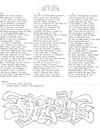
|
2015 nov 18
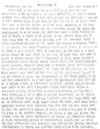
|
2015 nov 18

|
2015 nov 18
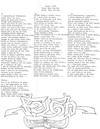
|
2015 nov 18
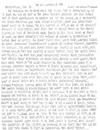
|
More... |
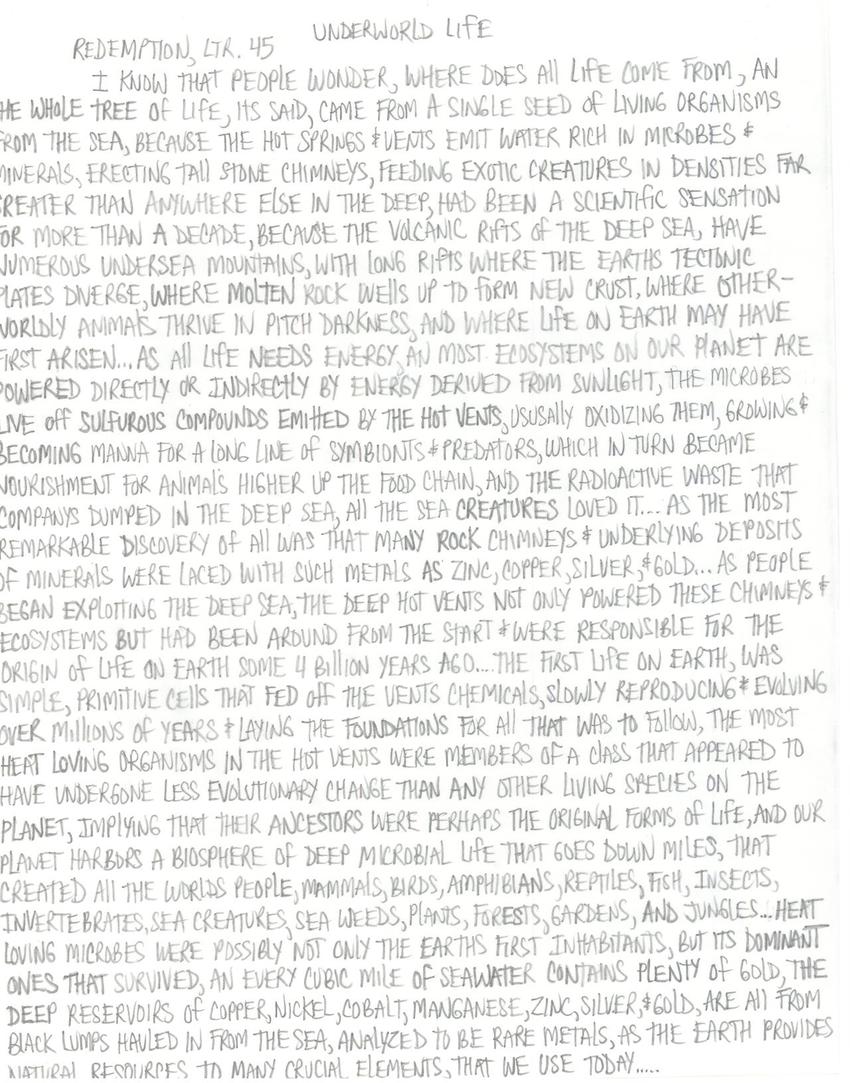

Replies